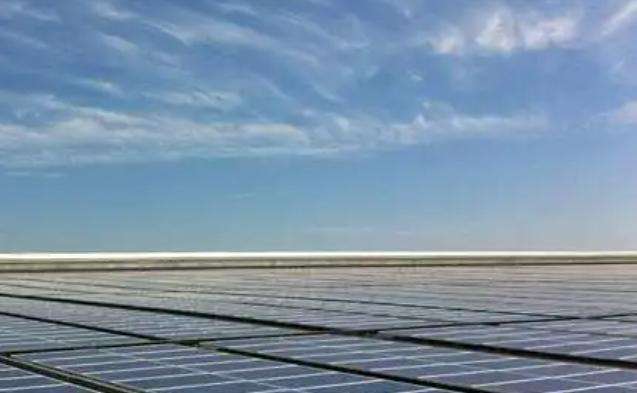Photothermal energy production is still under development.
I also participated in the study of a “tower” solar thermal power plant some time ago. I already produce electricity. In Qinghai.
Several solar thermal power plants have already started construction.
The turbogenerators of the “conventional island” part are simple, and the mirror field is not too difficult. What is complicated is the molten salt energy storage system.
As for the bottleneck, there is one.
For example, for ordinary solar photovoltaic power generation, the investment cost per kilowatt is about twice that of a conventional thermal power generation unit (about 10,000 yuan/ KW), but the effective annual power generation time is only less than 2,000 hours, while conventional thermal power generation can produce electricity pDuring 6,000 or even 8,000 hours, the production of photovoltaic energy therefore has limits.
Nuclear power needs to be built in coastal areas with huge cooling water sources, and the construction period is too long. Previously it took 10 years, but now it always takes 7-8 years. Furthermore, the risk of leakage is inevitable. What is more important is that China's nuclear raw materials are limited, and it now relies more on nuclear raw materials imported from Kazakhstan, Australia, etc. If too many nuclear power plants are built, the price of nuclear raw materials in the world will be "in short supply" and the price will rise like crazy. The cost is too high.
These are the development bottlenecks you mentioned.
Photovoltaic = photovoltaic, light-electricity. Photothermal energy, light-heat, is the function of water heatersolar. Photothermal energy production, which is then burned into water vapor to drive a steam turbine, is photothermal energy production. Use of solar thermal energy, light-heat-other applications. Air energy is the use of temperature difference. There must be a source of cold and heat, then the temperature difference is used for energy conversion. The simplest is to store ice in winter and use it in summer, but in reality this is not so simple and involves many thermal engineering problems. The most direct is the production of thermoelectric energy.














